Presence Over Posture: Why Brands Are Trading Soft Neutrality for Sharp Identity
ADVERTISING
Today’s most impactful brands and advertising campaigns are moving beyond soft messaging, embracing cultural clarity, heritage, and emotional specificity to forge deeper, more intentional connections with their specific audiences. The rules for brand strategy are being completely rewritten.

In an era defined by cultural fragmentation and polarisation, brands can no longer rely on broad appeal or neutral aesthetics to earn loyalty. Instead, they’re standing out by standing firm, layering cultural nuance, emotional honesty, and unapologetic conviction into every touchpoint.
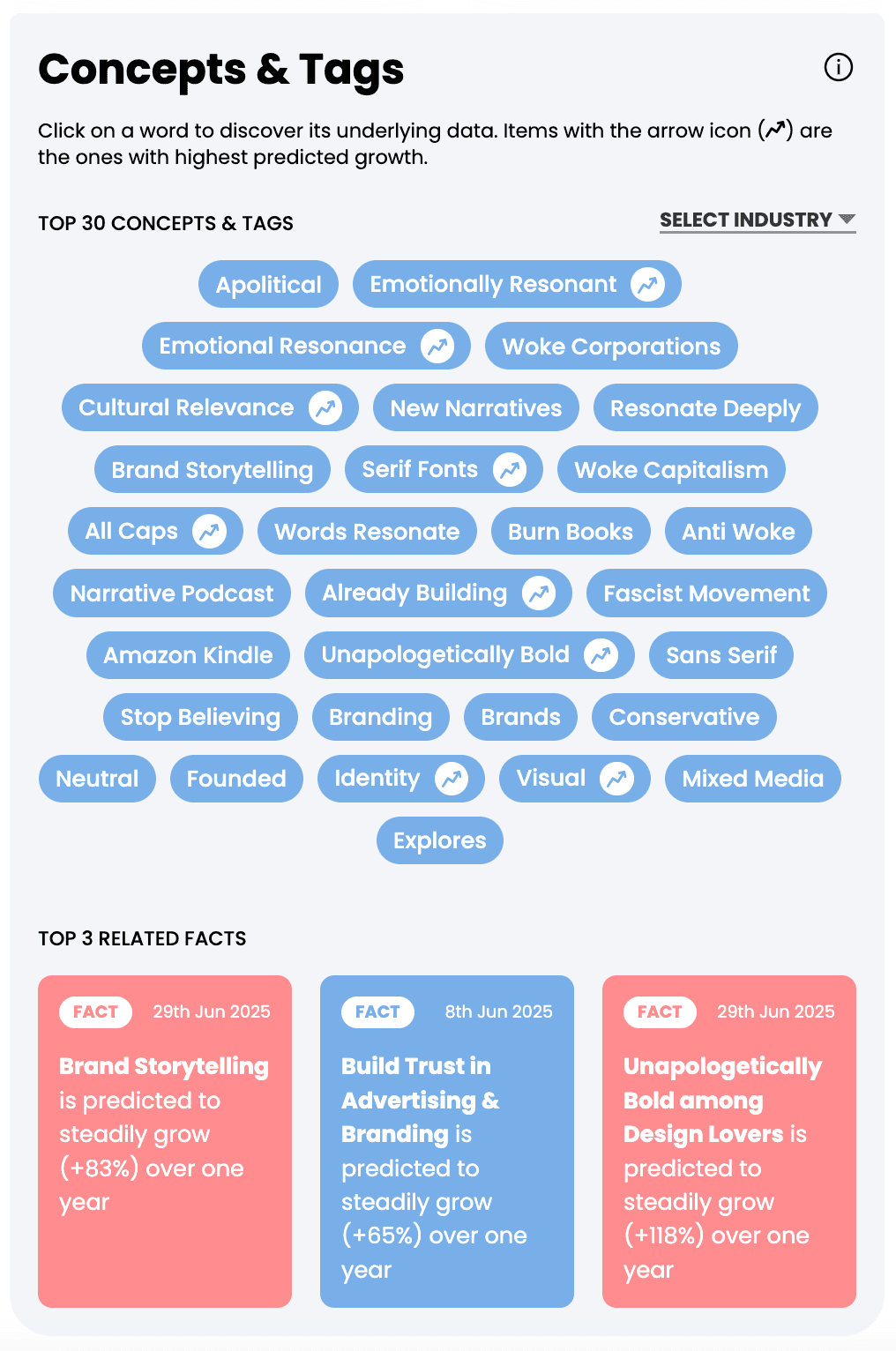
The top concepts, tags, and facts from our early adopter conversations in the "Unapologetic Presence" trend (screenshot taken from the Nextatlas platform in September 2025)
Heritage-driven storytelling, all-caps or bold logotypes, and campaigns with a clear point of view are quickly becoming the baseline. Brands have moved on from the aesthetic quietness of lowercase sans serifs and generic inclusivity. In their place, we’re seeing a resurgence of identity-led branding: visual cues that signal self-assurance, intention, and presence.
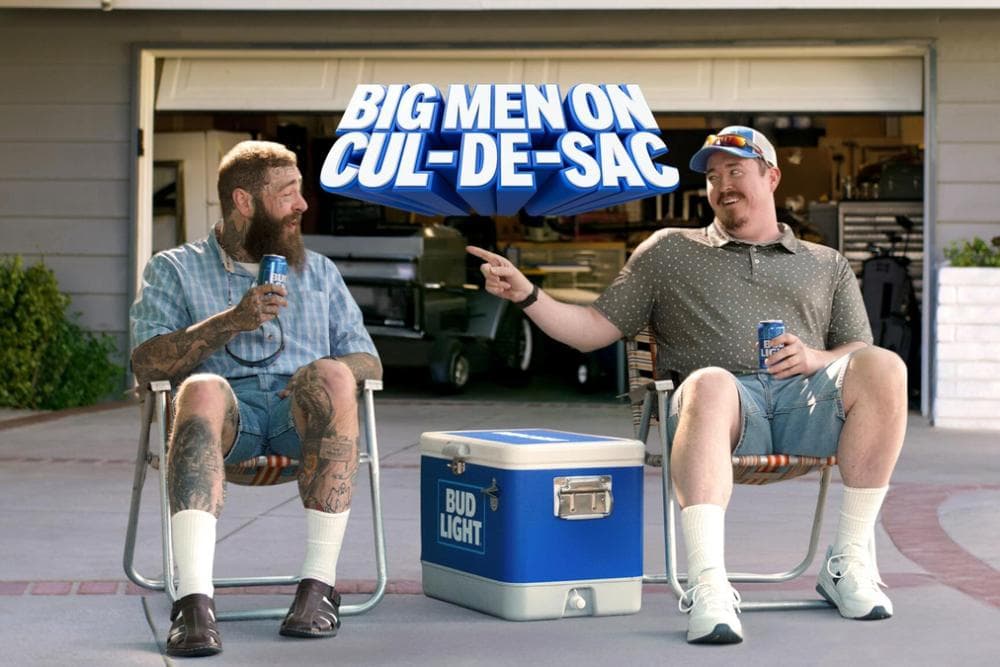
The Bud Light commercial during this year's Super Bowl featured controversial comedian Shane Gillian and rapper-turned-country star Post Malone. The ad showed a group of normal friends, called “Big Men of Cul-de-Sac,” enjoying a backyard barbecue and talking in their driveways. This use of stereotypical American small-town/suburbia imagery is a far cry from previous Budweiser influencer partnerships. (Credits: Bud Light)
Soft Branding Is Dead
As identities solidify and values become more polarised, the gravitational centre of consumer culture has shifted. Relevance no longer lies in being broadly appealing but rather in being meaningfully aligned. Today’s consumers aren’t looking for neutral brands that play it safe. They’re seeking those that reflect their cultural reality and emotional truth.
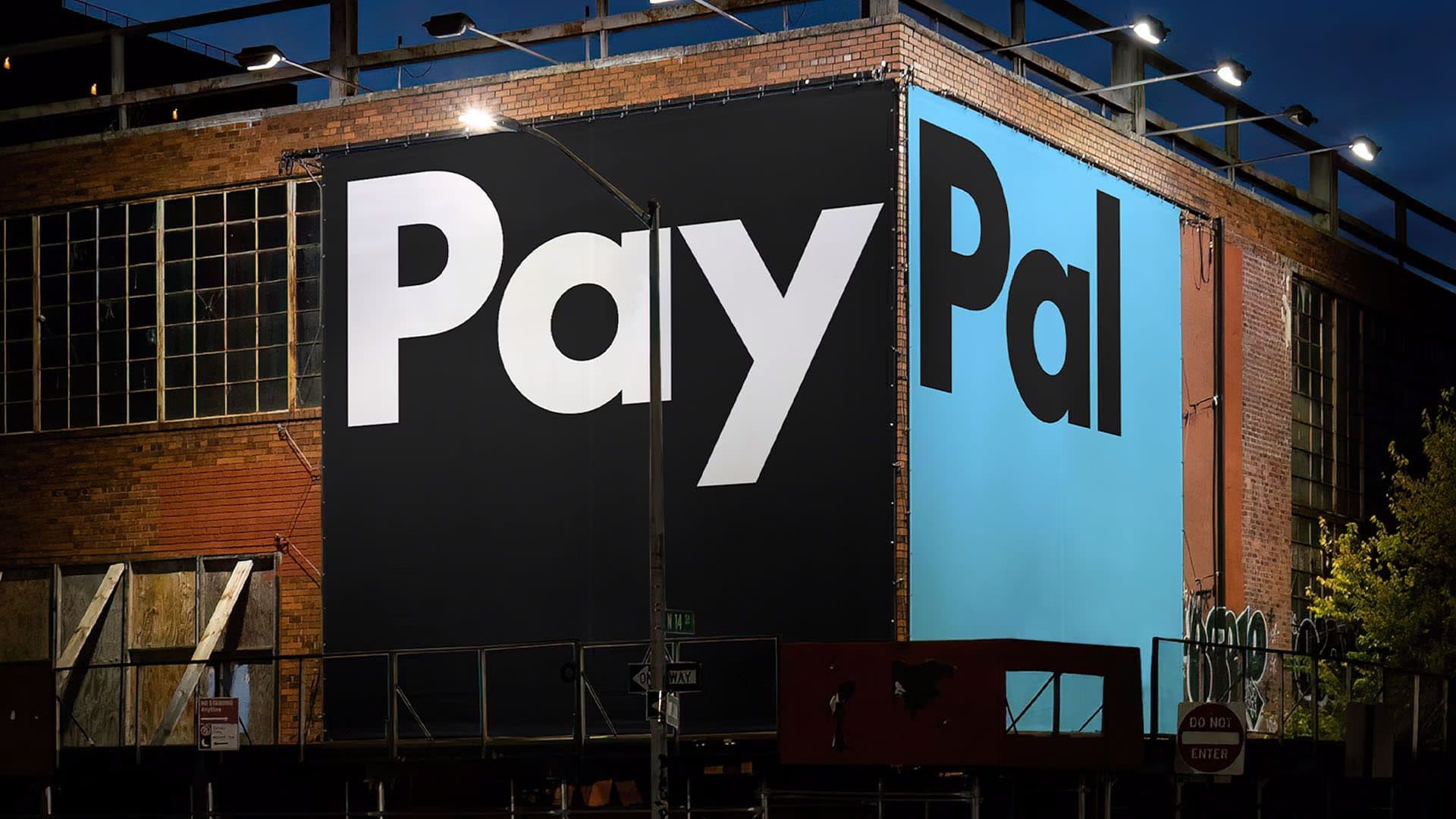
Created by global design firm, Pentagram, PayPal revealed a bold new logo design and font in a dramatic departure from their italicised look (Credits: PayPal/Pentagram)
This shift is especially visible in the wake of post-2024 cultural volatility, where political backlash, tech scepticism, and fatigue with performative progressivism have made soft neutrality feel not just ineffective, but out of touch. The old signals of modernity, such as minimalist design, lowercase lettering, and universal slogans, now risk reading as bland or evasive.
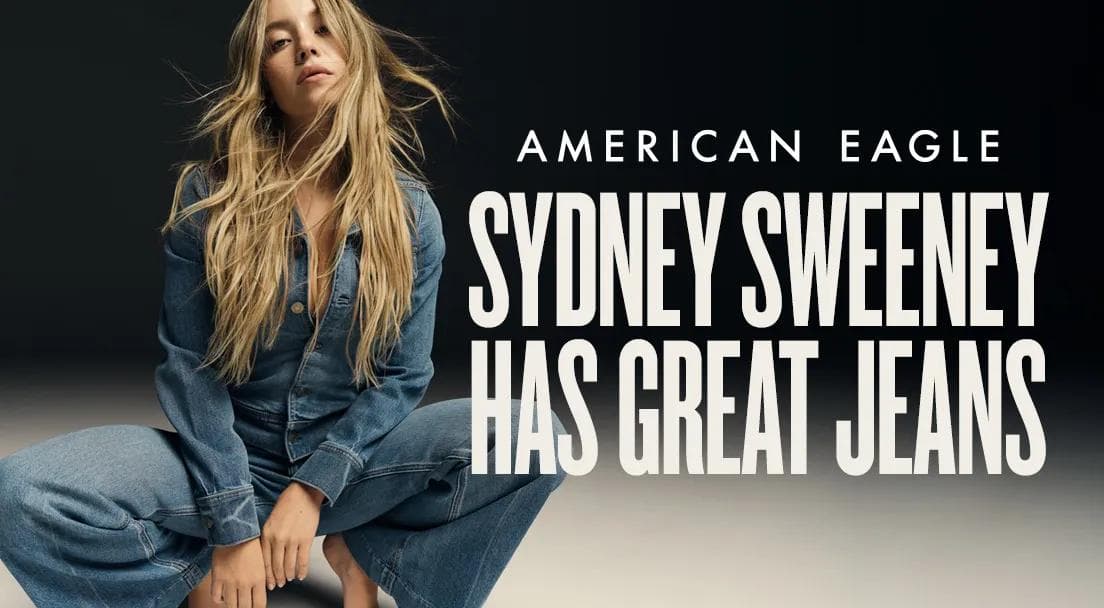
Credits: American Eagle
At first glance, The American Eagle campaign featuring Sydney Sweeney reads as a bold, sexually charged ad tapping into Gen Z irreverence, but beneath the surface, it deliberately echoes the provocative legacy of 1980s denim advertising, like Brooke Shields’ controversial Calvin Klein campaign. In doing so, it roots itself in a lineage of American cultural provocation, using heritage not as nostalgia but as a form of authorship.
This move aligns with the broader rejection of softness and toward expressive alignment: it’s not trying to appeal to everyone, but to resonate deeply with those attuned to its signals, even if those signals have proved controversial. The campaign’s unapologetic tone captures the current consumer hunger for specificity and presence, offering a sharp counterpoint to the visual tropes of performative inclusivity.
A Return to Legacy, Strength, and Specificity
In response, brands are rediscovering the power of unapologetic formality. Revived heraldry and bold typographic choices are not just nostalgic flourishes; they’re markers of authorship and clarity.
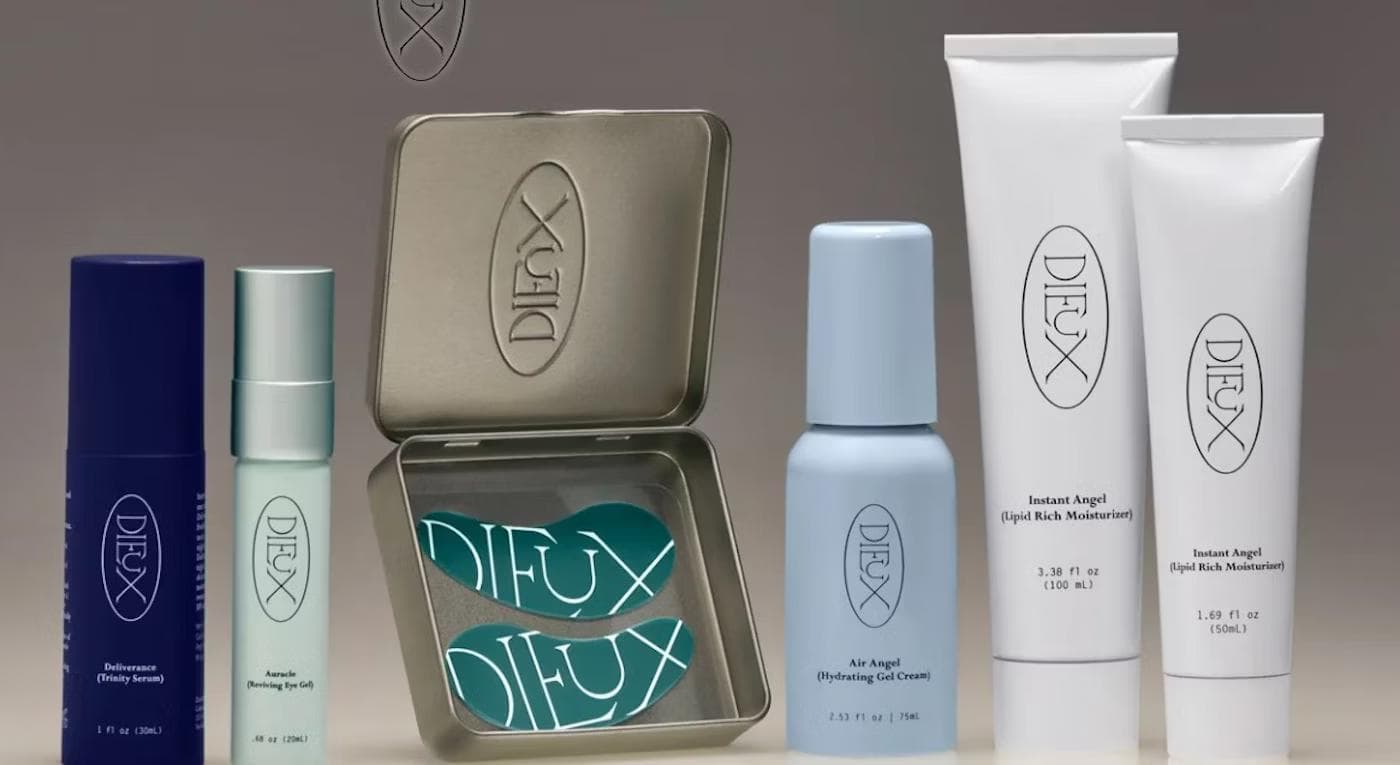
When Dieux Skin founder Charlotte Palermino launched the line in 2020, she deliberately steered clear of generic sans-serifs in favour of a custom serif, Perpetua, that nodded to Parisian metro signage and Renaissance emblems. This bespoke typographic choice not only stamped the brand with a sense of cultural specificity and visual conviction but also set it apart in a category awash with minimalism, cementing its identity in a crowded market (Credits: Dieux Skin)
In May, Bottega Veneta released its "Craft is Our Language" campaign. This minimalist yet emotionally rich film focused exclusively on their signature intrecciato leather weaving, paired with a whispered voiceover repeating “Craft is our language.” No product shots, however, just deep heritage.
It features a diverse cast of celebrities who are considered tastemakers and true artisans in their field, including Jack Antonoff, Dario Argento, Neneh Cherry, Lauren Hutton, Julianne Moore, Lorenzo Musetti, Zadie Smith, Shu Qi, and Tyler, The Creator.
Directly targeting appreciators of craft such a cultivated way worked, with critics labelling it "legacy as suspense," and it sparked a 70% surge in resale searches along with sold‑out atelier workshops in Vicenza. This perfectly embodies the trend: unapologetic formality, emotional weight through specificity, and heritage-driven trust.
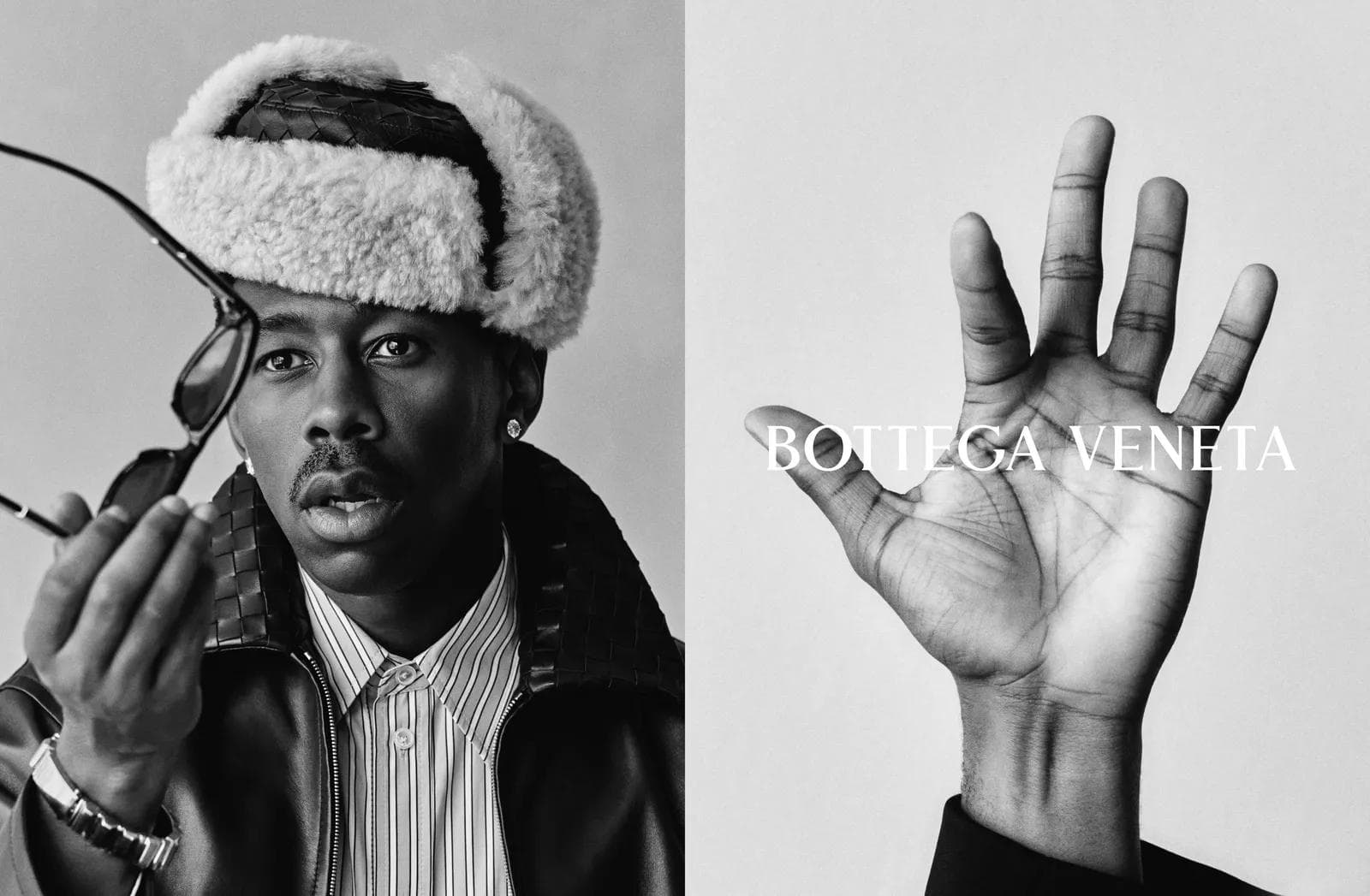
Tyler, the Creator for Bottega’s ‘Craft is our Language’ campaign (Credits: Bottega Veneta)
Likewise, storytelling has matured. No longer centred on “everyone belongs” inclusive messaging, it now leans into specificity, cultural rootedness, and layered emotional intention. The brands breaking through aren’t trying to be liked by everyone; they’re crafting resonance for just the right audience.
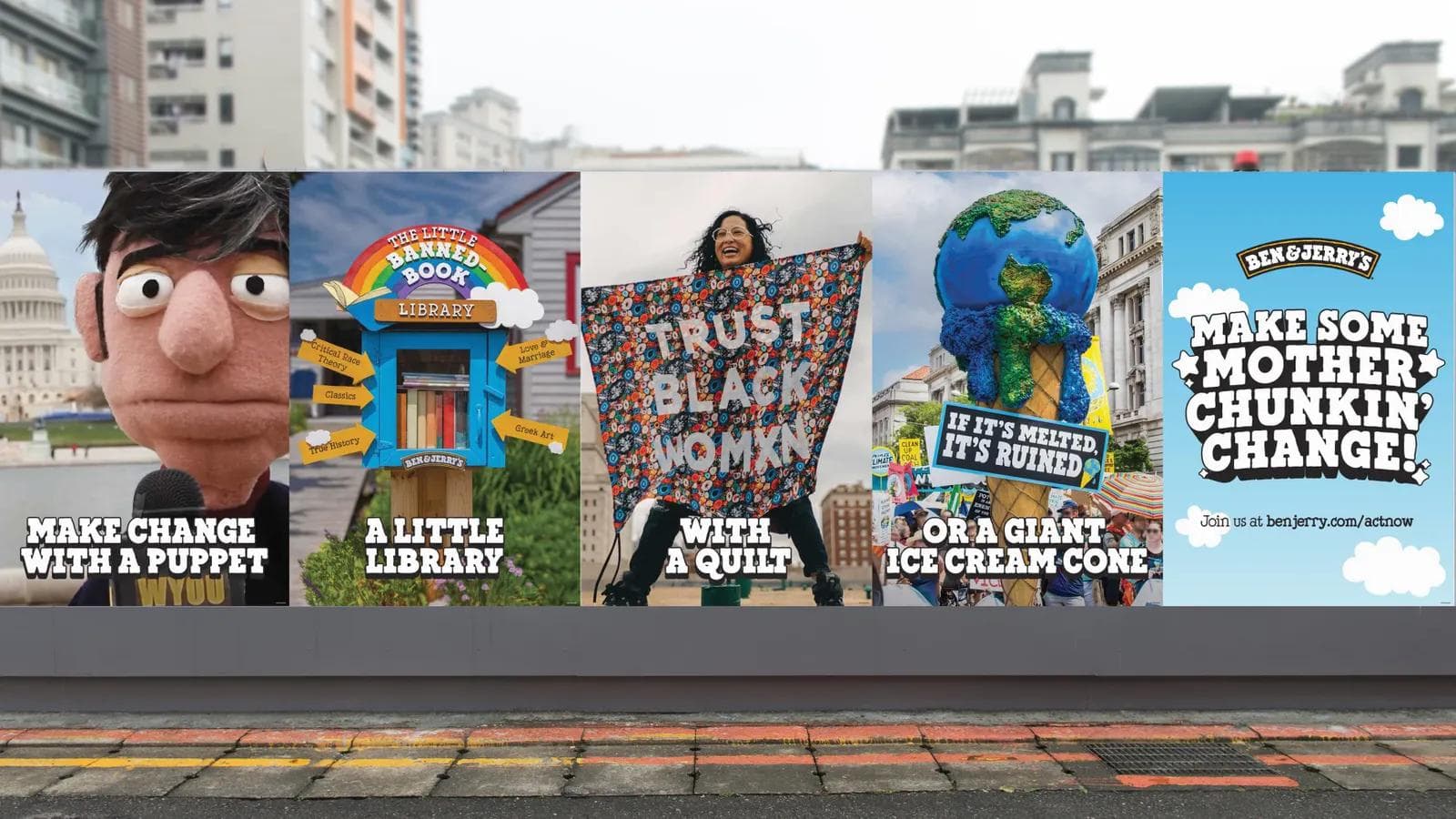
(Credits: Ben & Jerry’s)
Last year, Ben and Jerry's released its first ad campaign in nearly 10 years to directly speak to their social activism called “Make Some Motherchunkin’ Change!”. They released a video, “Progress Comes In Many Flavors,” that calls out issues such as climate change, racial justice, and gay pride to encourage their consumers to use their voice for social issues. It's a very deliberate positioning of the brand to a more progressive audience at a time when many brands have pulled back on purpose-driven marketing amid the fear of conservative backlash.
Ben & Jerry's has always promoted their brand in a progressive way, never weakening their messaging or positioning. This has put them at odds with their parent company, Unilever, prompting legal action in an effort to block what they claim are attempts to dissolve its independent board and curb its socially progressive agenda. Over the past year, this has included opposing the war in Gaza, backing police defunding initiatives, and speaking out against President Donald Trump.
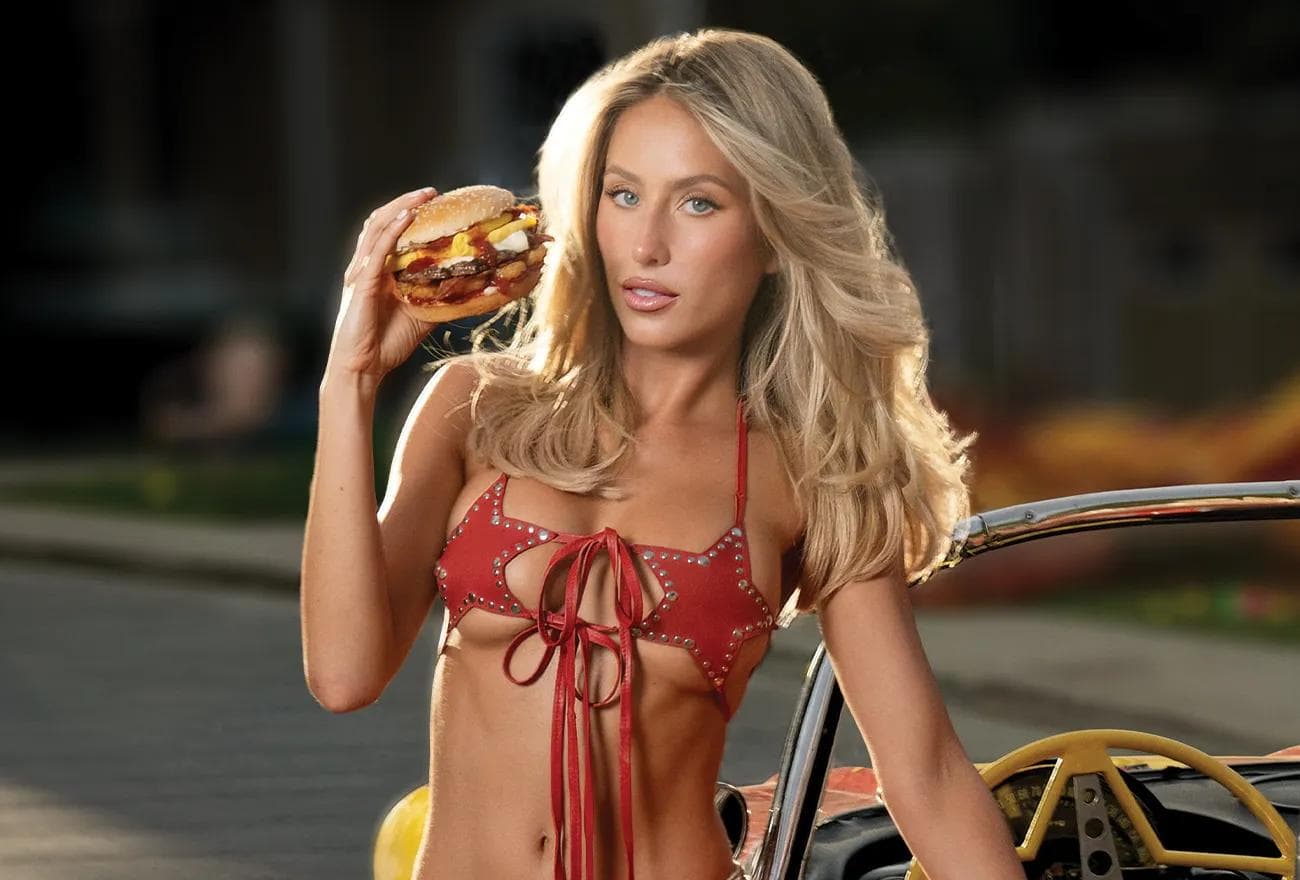
Carl’s Jr. made headlines by reviving its once notorious “bikinis and burgers” formula in a new campaign with TikTok influencer Alix Earle enjoying a “hangover burger” at a car wash, a clear callback to its provocative early-2000s ads starring Paris Hilton and Kim Kardashian. Branded as unapologetically bold, this move marks a return to identity-first storytelling that trades neutrality and appropriateness for nostalgia, strategic edge, and emotional specificity (Credits: CKE Restaurants)
The Emerging Brand Strategy Playbook
The emerging playbook is not about shouting louder; it’s about being unmistakably you. Whether through typography, packaging, or campaign narrative, the emphasis is on presence over posture.
Brands must now think like editors of their own identity, choosing symbols, aesthetics, and stories that carry weight, not just visibility. Mass appeal, in this new era, is not about reaching the most people; it’s about making the deepest connection with the exact audience you want to reach.
In this new landscape, success comes not from being liked by many, but from being unmistakably meaningful to the right few.
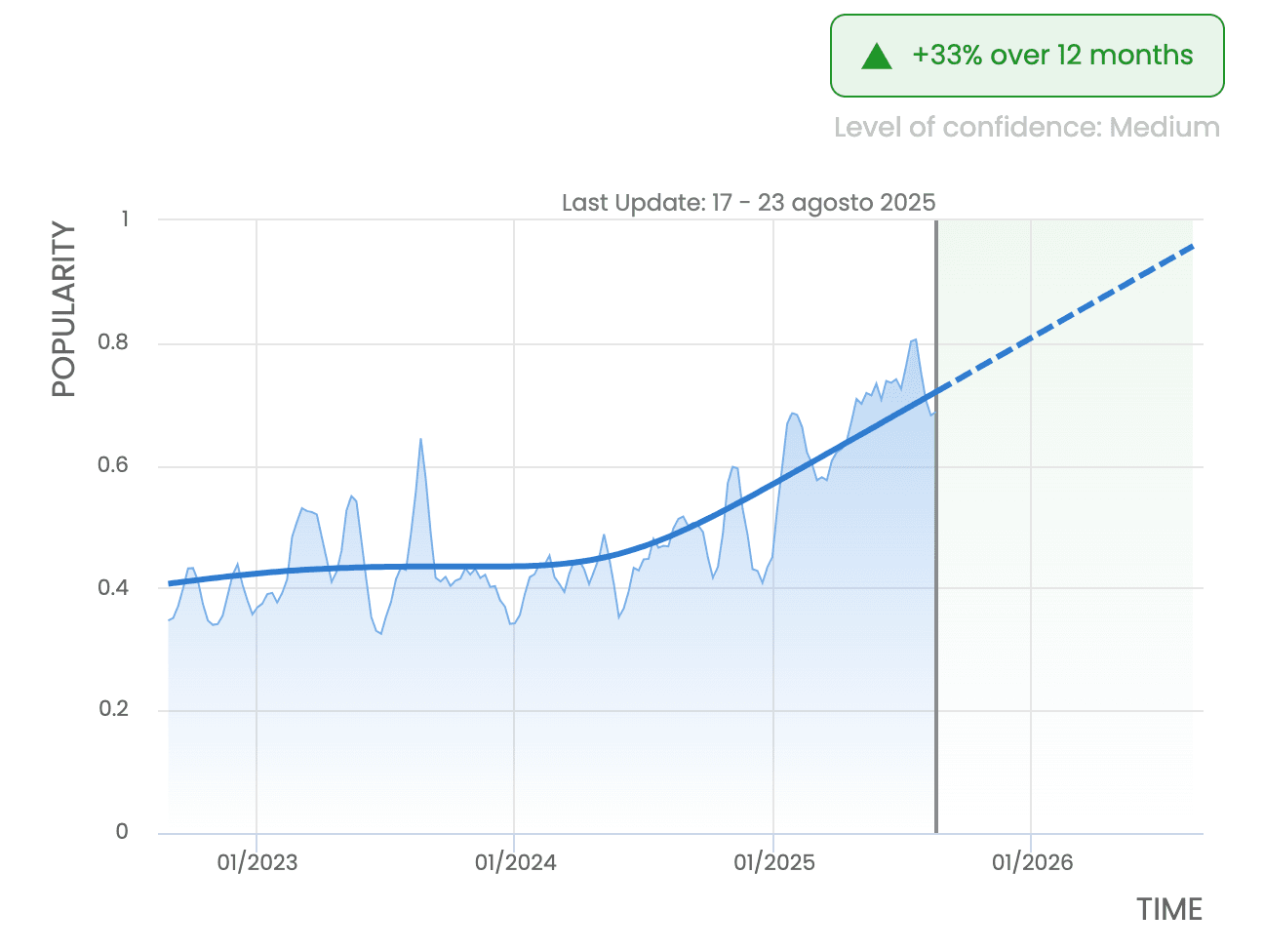
The timeline that illustrates the popularity of the "Unapologetic Presence" in the posts of our insider community and its predicted growth of 33% over 12 months (screenshot taken from the Nextatlas platform in September 2025)
Key Signals to Watch
- Cultural clarity outperforms broad relatability
Brands with strong editorial voices, heritage cues, and expressive storytelling are resonating more deeply than those chasing mass approval. - Heritage and formality are regaining symbolic power
From coats of arms to serif fonts, traditional design languages are being reimagined as signals of authority and trust. - Emotional resonance depends on specificity, not softness
Successful campaigns speak clearly to distinct audiences—reflecting lived experience, not universal abstraction.
Trend lines, data, and information described in this article emerge from the ongoing analysis performed by Nextatlas on its global observation pool made of innovators, early adopters, industry insiders expressing their views on Twitter, Instagram, and Reddit.
To learn more about our AI, discover Nextatlas Methodology here
Related articles:
Italy
Torino - Via Stampatori 4, 10122(Operational headquarter)+39 011/0864065VAT number and registration number at the Registro delle Imprese di Cagliari: 03428550929 paid share capital € 167.740,00 — © 2024 iCoolhunt SpA.




